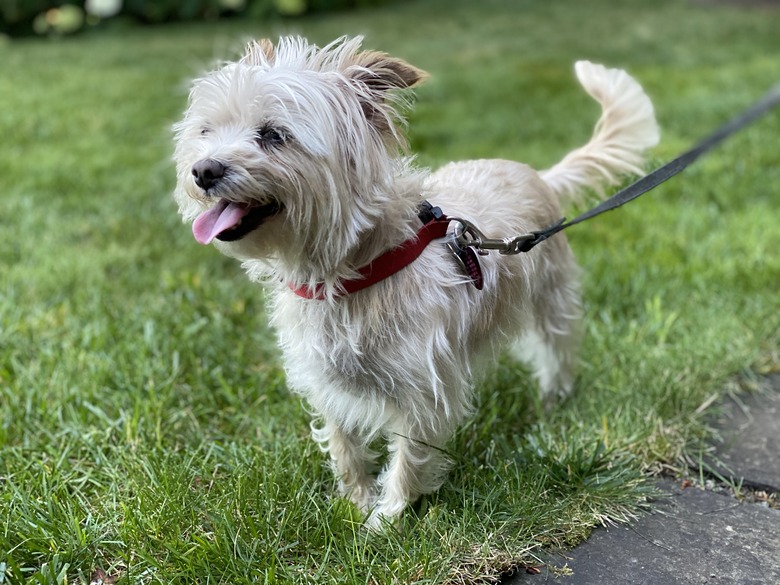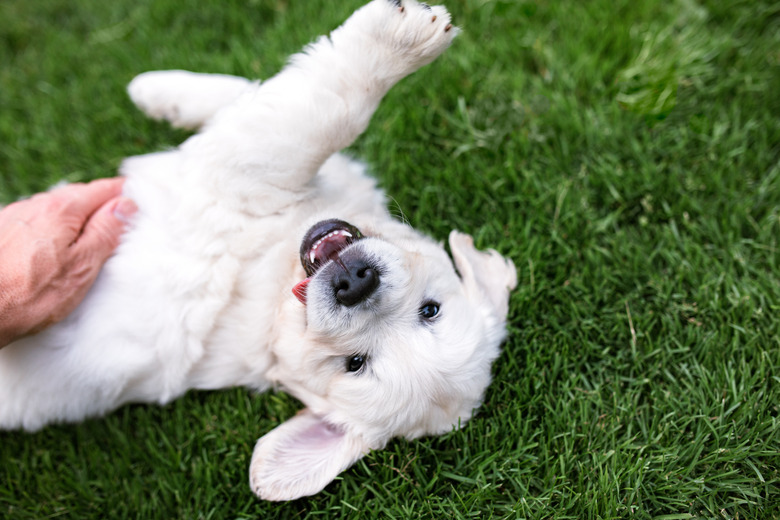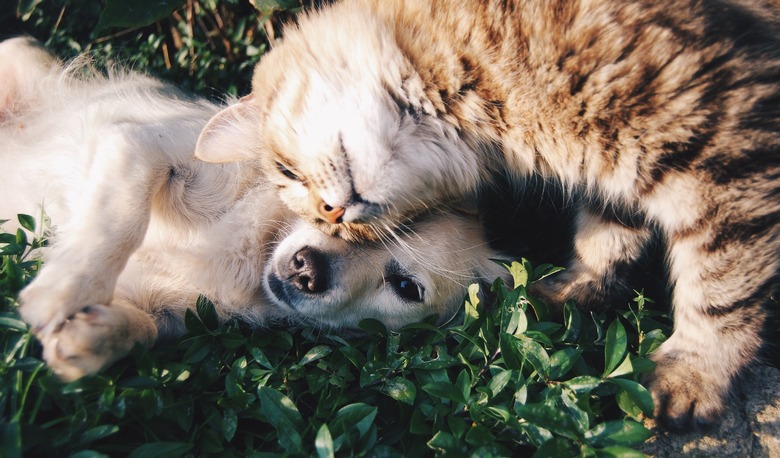Making Your Own Dog Litter Box
Many people are discovering the convenience of dog litter boxes. Cat litter boxes are not suitable for most dogs, but it's easy to find a similar plastic box or tray that will work well for dogs. Store-bought litter boxes for dogs are available, but they are expensive and often not much more suitable for a dog than a cat litter box.
Almost any dog can be taught to use a litter box, even large dogs. It's easier to start with a puppy, but it's not impossible to teach an adult dog how to use a litter box. Dog litter boxes are helpful during potty training, when a dog is sick or injured, or when your schedule doesn't fit with your dog's toileting needs.
Dog litter box DIY
Dog litter box DIY
Crafting a dog litter box is simple, but the most important part is choosing a container. The container must be suited to your dog's potty style as well as the dog's size. Remember that your dog needs to be able to turn around comfortably within the box, and it should have sides that are low enough that your dog can walk into the box comfortably.
If you have the space, a plastic overflow pan for a washing machine or a similarly large pan is an ideal litter pan for any dog. Overflow pans are approximately 2 square feet (some are up to 3 square feet), shallow, and about 2 to 4 inches deep — big enough for a large dog and still suitable for a small dog. Some dogs move around quite a bit and need the extra space an overflow pan affords.
Decide on a box location
Decide on a box location
Consider your dog's needs for size and privacy when choosing a location for the litter box. Some dogs do not care, while others will not do their business without something like a bush to give them privacy. You may find you have to compromise if your dog's needs don't suit your aesthetics.
Note that litter boxes lined with real grass may need to be placed outdoors on a patio that your dog can always access. Ideally, you want the litter box in a spot that your pup can easily access, that you can easily clean, and that is not near your dog's crate.
Select the right litter
Select the right litter
Choose the substrate (toileting materials) for your dog's litter pan. Dog litter boxes don't necessarily need to contain litter if your dog doesn't like eliminating on that type of surface. If you do choose litter, look for litter made from recycled paper. Your dog may prefer this, and it's generally safe for them even if they eat a small amount of it. A clumping, paper-based litter is best because you can easily scoop away waste.
If your dog has already been using pee pads or newspaper, put that into the pan until the dog adjusts to using the litter box, but you may want to slowly switch over to litter. Keep in mind that dogs tend to develop a substrate preference for their toileting, so whatever the dog is used to using — whether that be real grass, artificial grass, kitty litter, or pee pads — the dog will want to continue using it. Any switch must be made gradually.
Clean the litter box daily
Clean the litter box daily
Scoop out the solid and clumped liquid waste at least once daily. Dogs who move around a lot when using the litter box have a tendency to step in feces and make a mess. If your dog moves around a lot or — even worse — likes to eat his own poop, scoop out the solid waste as soon as possible instead of once daily.
Even with daily cleaning, all dogs, even very small dogs, should be taught to use the litter box as well as the yard in case there are times you can't provide a litter box. Plus, some dogs may prefer to only use the litter box for urination and will make a bowel movement outdoors.


